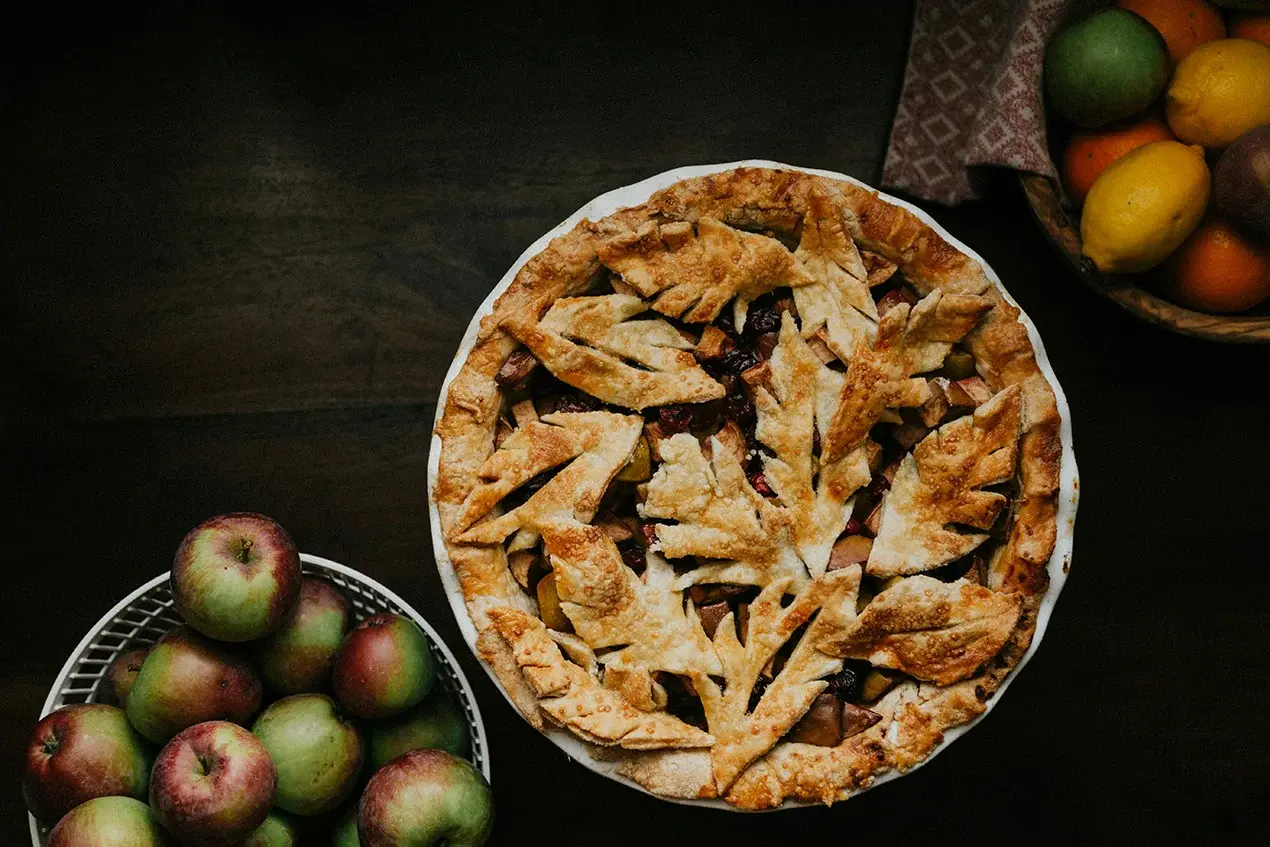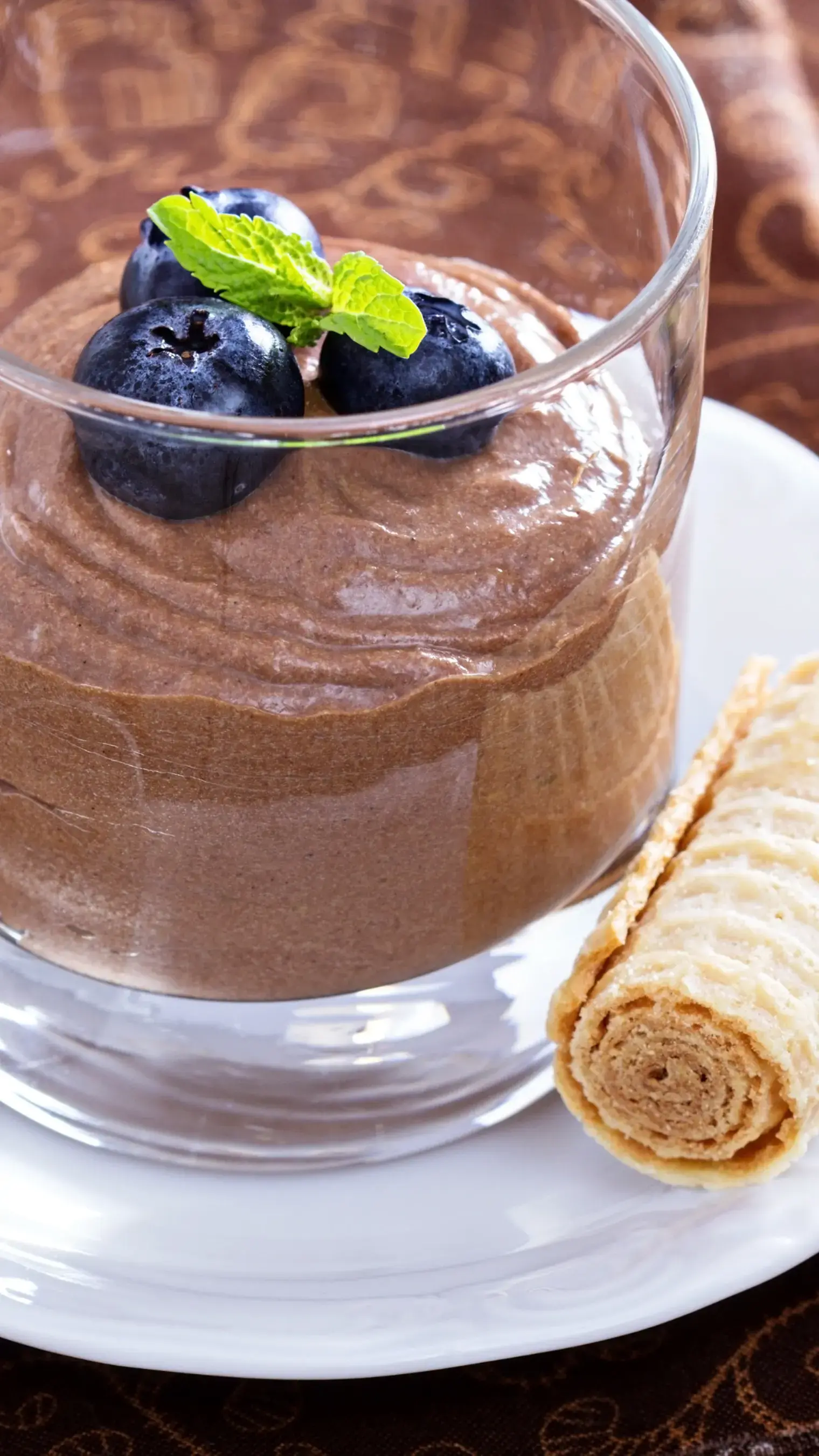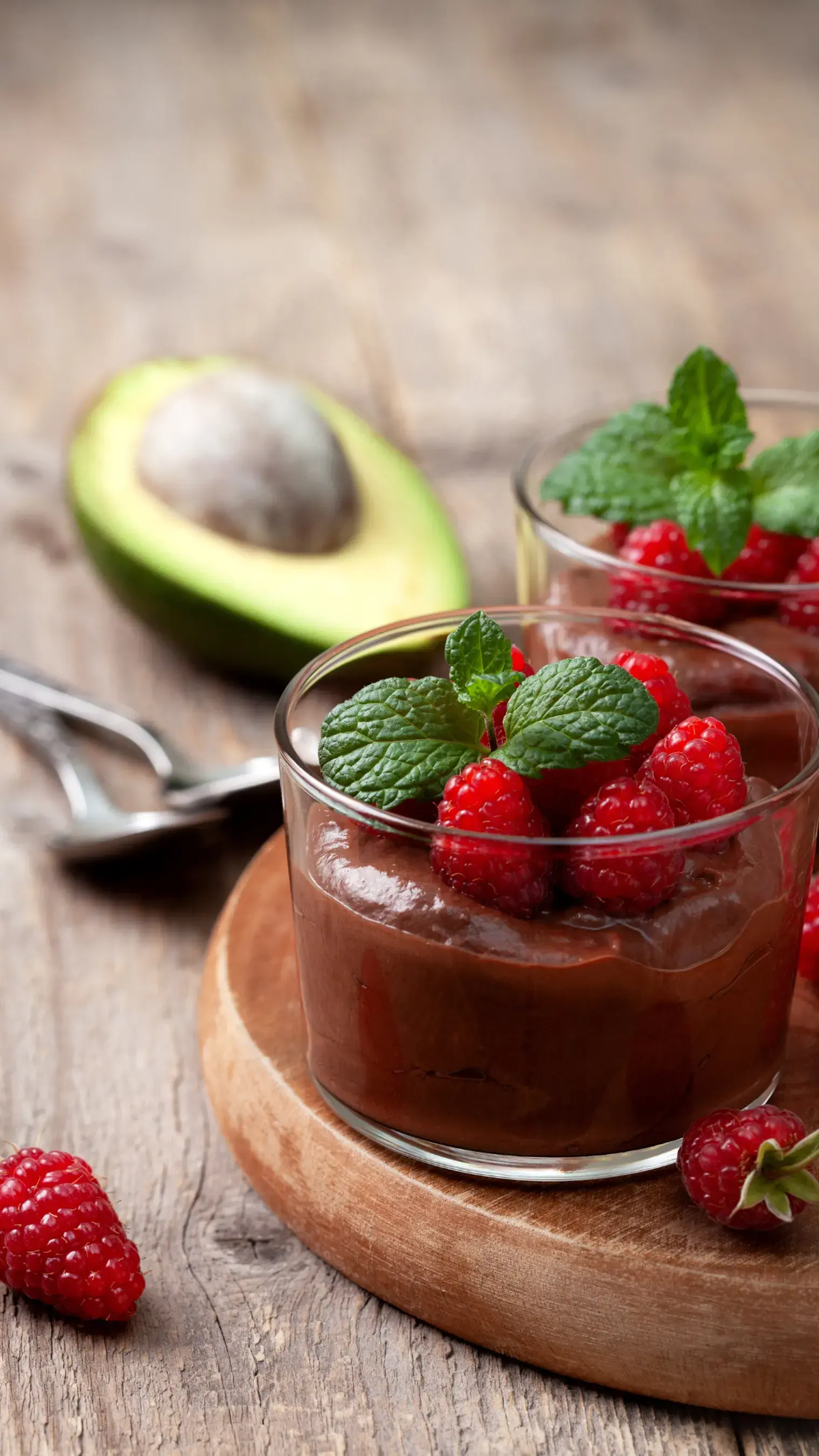- Home
- Articles
- Delish dessert recipes from flaky, layered pastries doused in syrup to buttery and sweet pastries
We might not be sharing recipes here, but we do give you a head start on them so you can try an assortment of pastries from the middle eastern desserts to the more Western fare.

Pastries have existed for thousands of years and not in all of its sweet glory like today. The Egyptians, who produced the most delicious Middle Eastern desserts, were the first to combine wheat with honey with mild fillings and left them outdoors to bake on hot stones, guess what? It worked. Baking and preparation of pastries are as simple with more layers added to them and technology evolved and so did man’s cravings for the finer things. If you are confused, we are talking of pastries which are made from a buttery dough, not the cream cake slices. Think doughnuts, fritters, flaky phyllo dough sweets, these are some of the kinds of pastries all of them using the same base ingredients.
1. Oliebol

Living up to its literal Dutch name “oily ball”, the oliebol is a deep-fried dough fritter beloved in the Netherlands and Belgium. With an outer crunch yielding to a doughy, chewy centre, these handheld treats embody the ultimate comfort food. Made from flour, eggs, yeast, milk, and baking powder, the dough is shaped into balls, released into hot oil, and fried, until golden. Often dusted with powdered sugar, some varieties incorporate raisins or currants right into the batter. A winter fair and street food staple, especially around Christmas and New Year's, oliebollen was once consumed by Germanic tribes during Yule celebrations. The earliest recipes date back to 1667, with the name making it to Dutch dictionaries by 1868.
2. Pastel de Tentúgal

Tracing its origins to 16th century Portugal, pastel de Tentúgal holds an esteemed place as one of the country's seven iconic dishes. This traditional sweet pastry features a paper-thin dough wrapped around a sweet egg custard filling known as doce de ovos, then baked until crisp and golden brown. The meticulous tradition began with Carmelite nuns stretching the dough in rooms lined with white sheets; it is said that the dough had to be so thin, that one could read the Bible through it. After buttering the sheets, the nuns would cut out rectangles to fill with the custard. For centuries, the recipe was passed down orally until adopted by Dona Maria da Conceição Faria's guesthouse in 1898. Her establishment remained the sole producer until the mid-20th century when other Tentúgal bakers began making it too. In 2013, the pastry and town received exclusive certification as the one true source. Dusted in powdered sugar, pastel de Tentúgal pairs perfectly with a strong Portuguese coffee.
3. Burma kadayıf
Distinct from other baklava varieties, the Burma kadayıf variety features shredded kadayıf dough rolled around the ground or whole pistachios. Like its counterparts, Burma kadayıf (meaning “wrung” or “twisted”) is first baked, and then drenched in lemon syrup, cut into bite-sized rolls, and showered with crushed pistachios before serving. While walnuts are a common substitute, pistachios remain the more popular choice for this addictive Turkish treat.
4. Pasticciotto
Originating from Lecce, Italy, the pasticciotto dessert marries a shortcrust pastry shell with a luscious pastry cream interior. Traditionally, lard enriches the crust, keeping it softer and moister than its butter-based cousins. Many believe that it was invented in the 18th century by the Galatina chef Andrea Ascalone that is best enjoyed fresh from the oven.
5. Topfenstrudel

Austria's topfenstrudel stands apart from the iconic apple strudel and isn’t too sweet because it uses quark cheese as its filling is mildly sweet. The pastry layer or crust is elastic and made of near-transparent dough that enfolds the quark cheese that might often be mixed with raisins, apricots or peaches and made fragrant with lemon zest and vanilla. It is baked until the exterior forms a crisp golden crust. Though topfenstrudel is from Austria, variations can be found across the former Austro-Hungarian Empire in a nod to the pastry's origins in the Ottoman Empire.
6. Choux à la crème

The choux à la crème, or cream puff, is one of France's most iconic pastries wherein the hollow choux balls are piped with whipped cream or pastry cream. Some get sliced in half to sandwich the filling, while others have cream injected through a bottom slit. No matter the assembly, a dusting of powdered sugar covers these cream-filled spheres. In France, they distinctly differ from profiteroles, their smaller, cream-stuffed brethren. But to the Western world, in particular American palates, these choux bites are quintessential cream puffs.
7. Flores de hojaldre
From the Spanish town of Alcalá de Henares emerges the aesthetic flores de hojaldre, which have beautiful floral shapes, on their surface, crafted entirely from rolled sheets of flaky puff pastry and it is hardly surprising that their name translates to "flowers of puff pastry". At their core, these airy pastries have a dusting of powdered sugar and are eaten alongside a strong cup of coffee. But bakers also get creative, filling the floral layers with thin apple or pear slices, fruit jams, cinnamon, honey, chocolate, or cocoa creams for more versions.
Like This Article?
More Like This



Popular Articles





Trending Web Stories
Curated Recipes



















